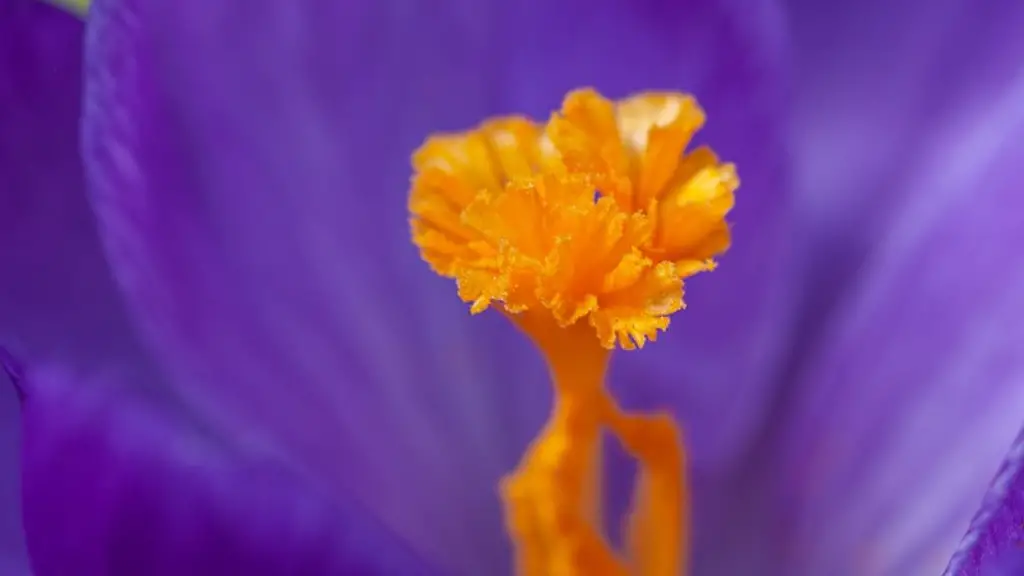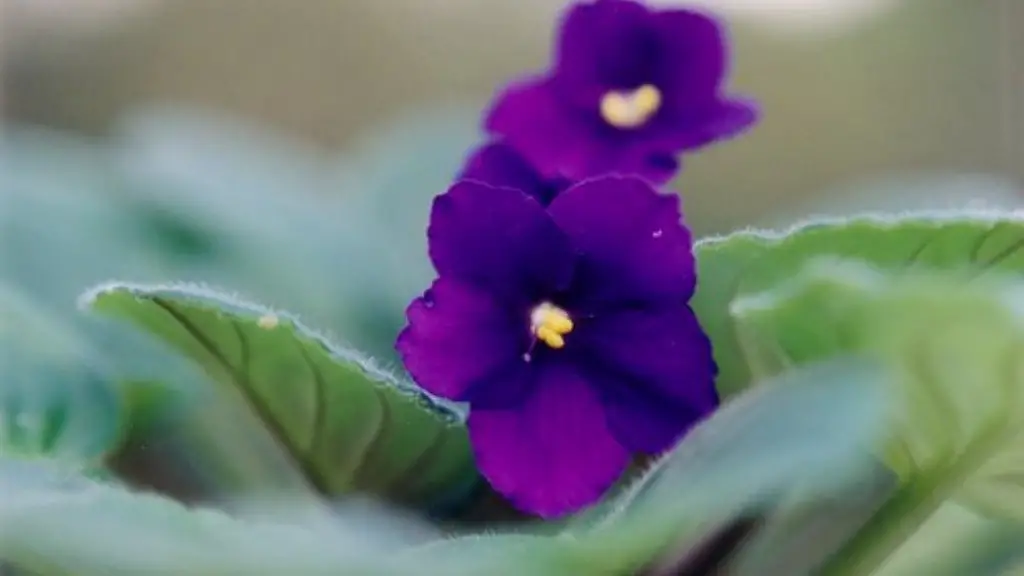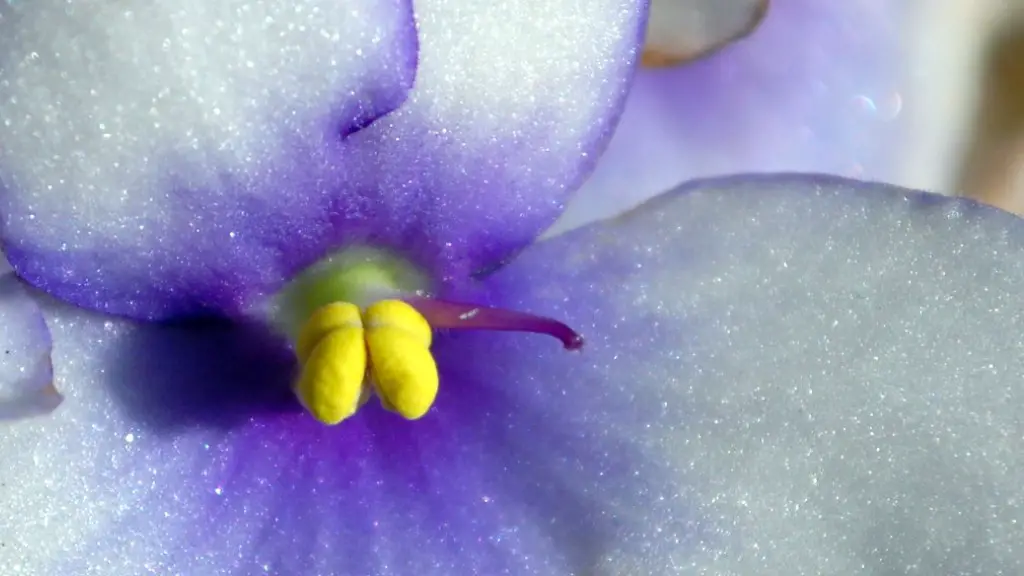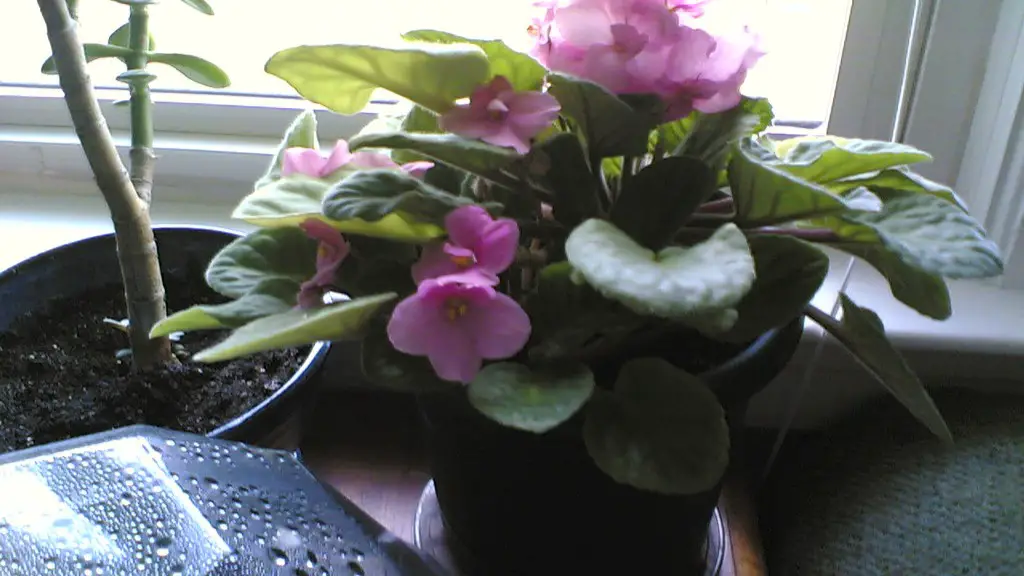African violets are popular houseplants because they are relatively easy to care for and are available in a wide range of colors. They can be propagated from seed, but raising African violets from seed can be challenging. This is because African violets are very sensitive to changes in temperature and humidity and require specific growing conditions.
Propagating African violets from seed is not difficult, but it is a slow process. The seeds are extremely small, so it is important to be patient and use a light hand when handling them.
To start, fill a seed-starting tray with a soilless mix and wet it thoroughly. Use a toothpick or other sharp object to make a small hole in the center of each cell, then drop one or two seeds into each hole. Gently cover the seeds with more mix, then mist the surface lightly with water.
Place the tray in a warm, brightly lit spot out of direct sunlight and keep the mix moist but not soggy. It can take anywhere from two weeks to two months for the seeds to germinate, so be patient!
Once the seedlings appear, continue to grow them under bright light, watering them regularly. When they are big enough to handle, transplant them into small pots filled with African violet potting mix. Keep them moist and fertilize them monthly. With a little patience and care, you’ll soon have a beautiful display of African violets!
How long does it take to grow African violets from seed?
African violets are beautiful flowers that can brighten up any room. They are relatively easy to care for, and can be grown from seeds. It generally takes 6 to 9 months for African violets to bloom after being sown. The time frame can vary depending on the growing conditions. African violets that are given proper amounts of water, light, and temperature tend to develop sooner. With a little patience, you can enjoy the beauty of these flowers in your home.
If you want to start an African violet from seed, it will take a little more time than starting from cuttings. However, you will end up with many more plants. African violets are relatively easy to grow from seed, and the process is similar to starting any other type of flower from seed.
What can I do with African violet seed pods
It is important to leave the seed pod on the violet until it is brown and dry, as well as the stem that supports it. It can take up to 3-5 months from the date of cross pollination for the seed pod to be mature and ready to be removed from the plant.
The good news is that it’s easy to root these flowering beauties. The quickest and easiest way I’ve found to root African violets is in water using a leaf. You can take the leaf from your existing African violets, or even from a friend’s plant.
How do you collect violet seeds?
Collecting seeds from violets can be a little tricky, but with a little observation it can be easily done. Within a week or two of the last flowers appearance, check the plants regularly for the ½″ pale green seedpods. The pods point downward until the seeds begin to ripen, when they turn tan and papery, and reorient, pointing upwards. This is the ideal time to harvest the seeds.
If you want your plants to have vibrant colors and blooms, it’s best to grow them in bright, indirect light. A plant stand three feet away from a west- or south-facing window is an ideal location. Plants will still grow when situated right beside north- or east-facing windows, but leaves will be thin and spindly, and plants less likely to bloom.
Do African violets multiply?
African violets and rex begonias are two plants that can be easily propagated from leaf cuttings. To propagate either of these plants, you can use whole leaves or even just parts of leaves. Keep in mind that detached begonia or African violet leaves will wilt quickly, so it’s important to have your pot of soil ready before taking the cutting.
If you want to grow African violets, it’s important to create the right type of environment. They prefer slightly acidic conditions, between 58 to 65 pH. In conventional soil, your plant won’t be able to efficiently absorb nutrients. Generally, peat moss is used to lower the pH in African violet potting soil. By creating the proper conditions, you’ll be giving your plant the best chance to thrive.
Do African violets need bigger pots
When choosing a pot for your African violet, it is best to choose a pot that is on the smaller side. This will help to keep the plant slightly pot-bound, which is ideal for its growth. Professional Tip: If you have a standard African violet plant, your starter pot should be about 3-4 inches in diameter.
If you want to collect violet seeds, allow the pods to mature on the plant and then place small mesh bags over them. Once the seeds are mature, you can sow them in pot filled with seed raising mix. Keep the soil moist until the seedlings emerge.
Do violets spread by seed?
Violets are very efficient at colonizing new areas. They spread by underground rhizomes and by seed. The cleistogamous flowers (flowers that never really open) self-pollinate and shoot seeds out to establish new colonies. This allows the violets to spread quickly and efficiently.
To ensure that your African violet seeds are properly sewn, start by folding the flap under like this. Then, that makes the completed sewing of African violet seeds.
Does Epsom salt help African violets bloom
Epsom salts contains magnesium sulfate, which is a essential plant nutrient. It can be used to help plants produce beautiful blooms and healthy foliage. To use, mix one and a half teaspoons of Epsom salts in a quart of tepid water and swirl to dissolve. Water your plants with this solution once a month.
Our seed pods are not reusable since they get overgrown with roots. However, you should have no issues with transplanting the Aerogarden seed pods into your own soil if you care to do so. If you would like to plant your own seeds in our seed pods, please visit our website to find our Grow Anything Seed Pod Kits.
Can you use regular Miracle Grow on African violets?
This is a great all purpose fertilizer that can be used on African violets and other blooming houseplants to keep them looking their best. It is easy to use and provides the nutrients that these plants need to flourish.
It is important to not mist the foliage of African violets as this may cause permanent leaf spotting. Use room temperature water instead and be careful not to saturate the crown of the plant as this can lead to crown rot.
Warp Up
propagate african violets from seed by following these steps:
1. Fill a seed-starting tray with a moistened soilless mix.
2. Place the African violet seeds on the surface of the mix. Do not bury the seeds.
3. Cover the seed-starting tray with a clear lid or plastic wrap.
4. Set the seed-starting tray in a warm location, such as atop a refrigerator.
5. Keep the soilless mix moist by misting it with water every few days.
6. When the African violet seedlings emerge, remove the cover and set the seedlings under a grow light or in a sunny location.
7. Once the seedlings are a few inches tall, transplant them into individual pots filled with a moistened soilless mix.
African violets are a type of houseplant that can be raised from seed. They are not difficult to grow, and can be started from seedlings or from seed. African violets need a sunny windowsill and well-drained soil. They should be watered regularly, and fertilized every two weeks. African violets can be propagated by taking stem cuttings or by division.





